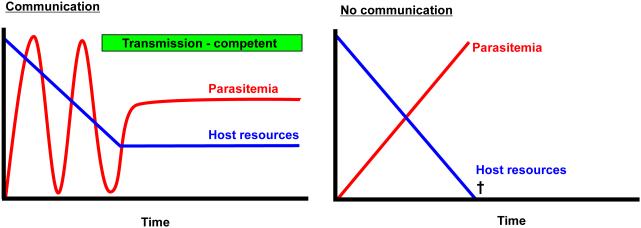Figure 1. Cell-cell communication benefits T. brucei.
Parasite-parasite communication (chart on left) via cell density-dependent signaling controls T. brucei differentiation from proliferating forms that are adapted for survival in the bloodstream to growth-arrested, transmission competent forms that are adapted for survival in the tsetse vector. By linking differentiation to population density, the parasite avoids depletion of host nutrients and prevents premature commitment to a developmental form that is not optimized for survival in the mammalian host. Without density-dependent cell-cell communication (chart on right), continued parasite proliferation would deplete host resources and thus reduce chances for transmission.

